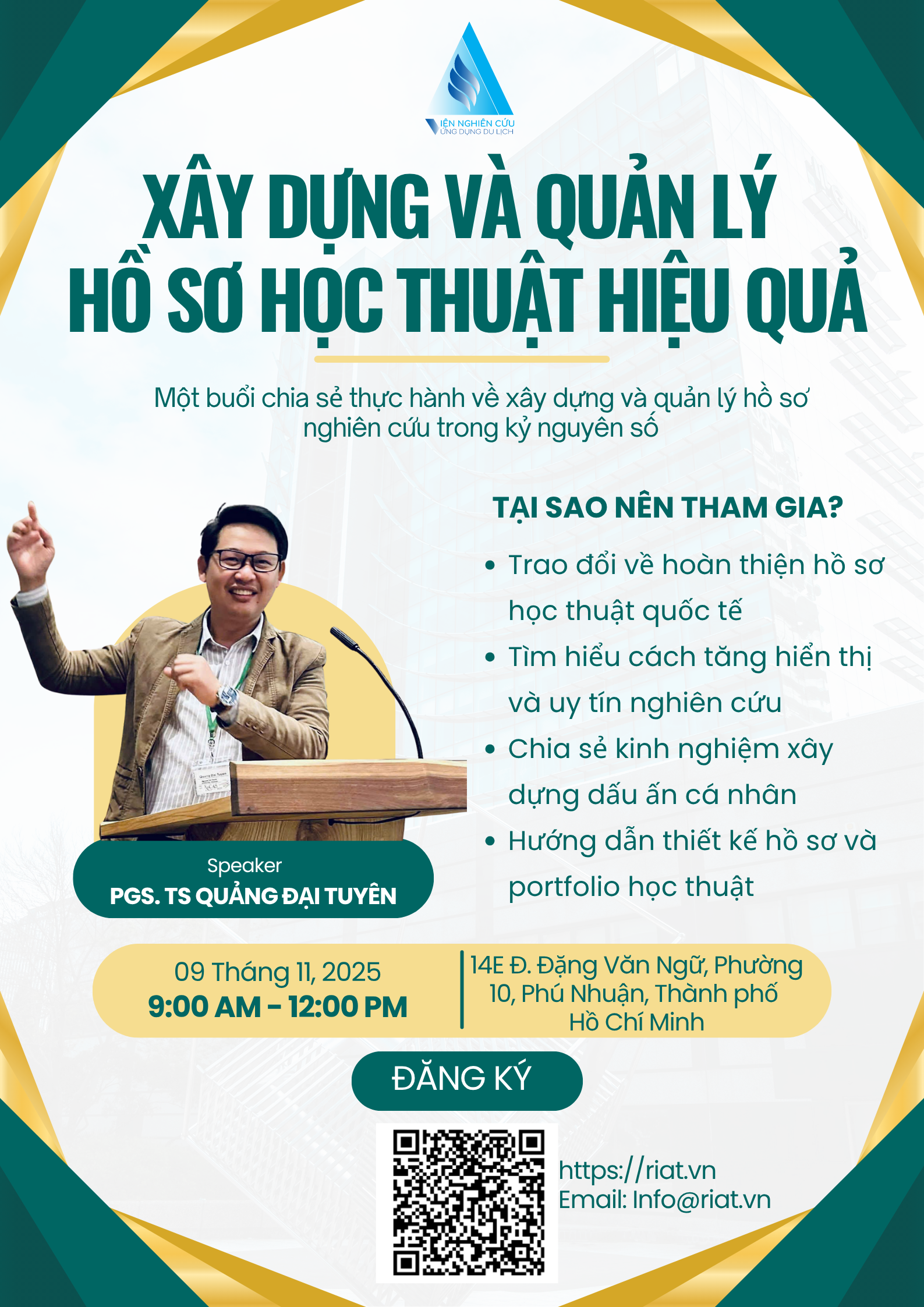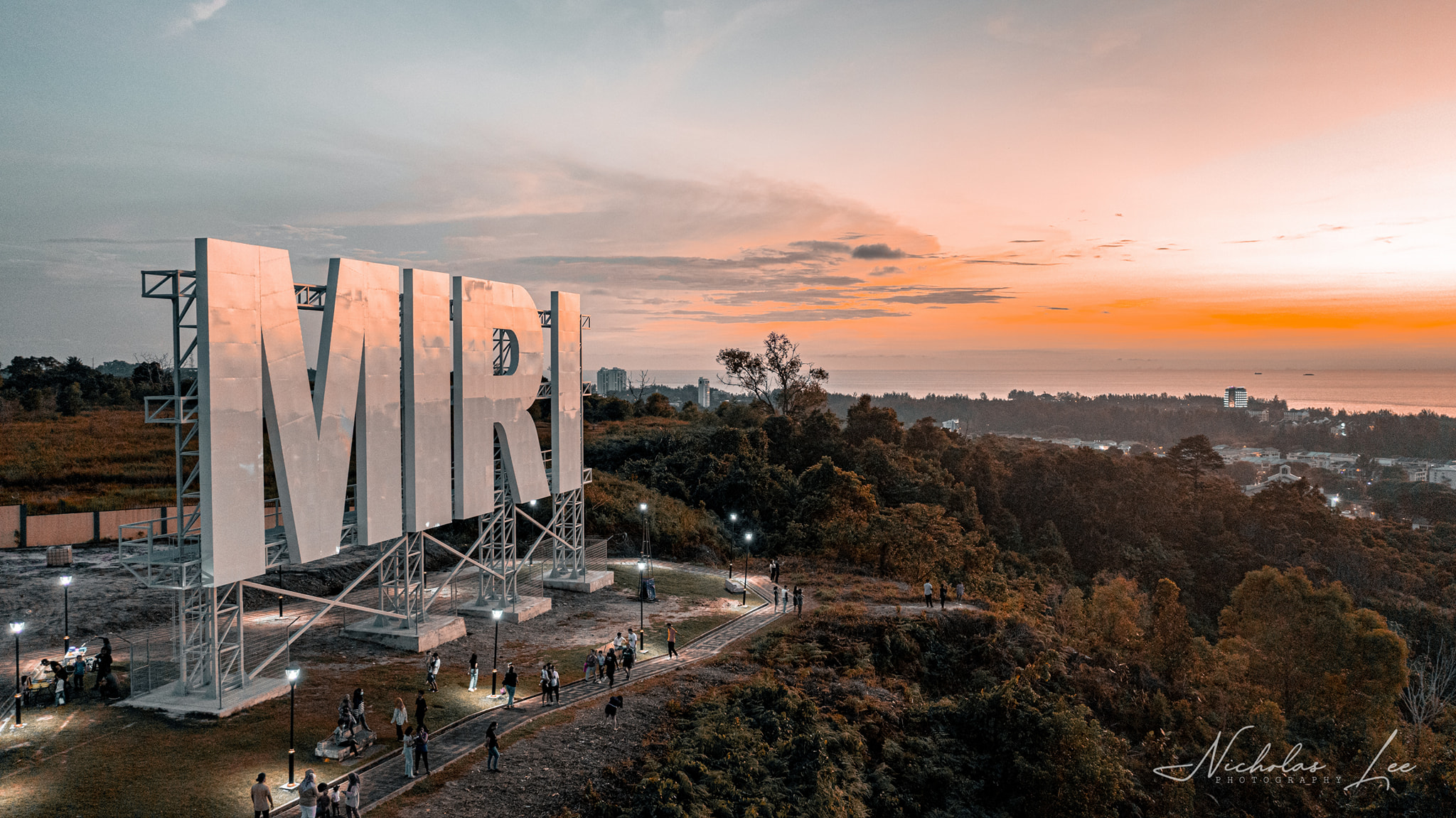This post is also available in:
Tiếng Việt (Vietnamese)
Despite being a $170 billion global sector—surpassing even domestic aviation in some regions—the Tours, Activities, and Attractions (TNA) market remains one of the least digitized segments of the travel industry. This article examines the behavioral, structural, and technological dynamics that have hindered digital transformation in TNA, and outlines the emerging opportunities that could unlock its full potential.
TNA: The Silent Goldmine of Modern Travel
Travel experiences—from city tours and cooking classes to jungle trekking—have shifted from being optional add-ons to the emotional core of modern travel. Travelers today seek uniqueness, emotional resonance, and “Instagrammable moments” that define their journeys.
According to Skift Research and Phocuswright, the global TNA market exceeds $170 billion, yet only 13% of bookings occur online in real-time. This digital gap persists despite rising smartphone adoption and increased comfort with online travel purchases.
The Quiet Decade: Why Viator Couldn’t Disrupt the Market
Founded in 2002, Viator was among the first platforms offering online tour and attraction bookings. For nearly a decade, it operated in relative isolation, as larger OTAs (Online Travel Agencies) like Booking.com, Expedia, and Travelocity focused on flights and hotels.
Traveler behavior remained unchanged: most bookings happened offline—via hotel concierge desks, local vendors, or printed brochures. Viator grew, but it failed to reshape consumer habits in the way Booking.com revolutionized hotel reservations.
Three Core Barriers to Digital Transformation in TNA
a. Hyper-fragmentation of the supply side
Unlike hotels or airlines, the TNA ecosystem includes micro-suppliers: local guides, small DMCs, NGOs, museums, and government agencies. Standardizing services and aggregating supply onto digital platforms is inherently difficult.
b. Travel Planning Fatigue
By the time travelers secure flights and accommodation—often after visiting 100+ websites—they experience decision fatigue. Experiences become afterthoughts, frequently purchased on location, not during the planning phase.
c. Unpredictable Consumer Behavior
A staggering 85% of leisure travelers decide what to do after arrival. At that point, they rarely use laptops or platforms like Viator, further limiting digital penetration into real-world decision-making.
The Mobile Revolution and Startup Surge
Real disruption began post-2011, driven by smartphone proliferation:
-
Viator launched its first mobile app in 2011.
-
GetYourGuide (Berlin, 2008) released theirs in 2013.
-
Peek (US-based) entered in 2012.
-
Klook (Hong Kong, 2014) quickly dominated Asia.
These startups understood that tour bookings needed to be as easy as booking a ride. They developed real-time booking systems, multilingual UIs, integrated payment gateways, and instant confirmations—features Viator initially lacked.
By 2016, regional dominance emerged: Klook in Asia, GetYourGuide in Europe, Peek in North America. Yet, despite their success, TNA remained a peripheral niche—overlooked in the broader tourism strategy landscape.
The Corporate Response: M&A as a Shortcut to Digitization
TNA’s rise forced legacy players to respond:
-
2014: TripAdvisor acquired Viator, integrating tours into its review ecosystem.
-
2016: Booking.com launched its Experiences vertical.
-
2016: Airbnb unveiled Airbnb Experiences, emphasizing local immersion.
-
2018: Booking bought FareHarbor to support tour operators with B2B tools.
-
2018: TripAdvisor acquired Bokun, FareHarbor’s direct competitor.
These moves drove professionalization across the value chain—from UX design and payment integration to real-time inventory management and consumer behavior analytics.
The Operational Bottleneck: Tour Operator Capacity and Risk
Unlike hotels (which can sell a room regardless of occupancy), most tours require a minimum group size to operate. Selling last-minute tours online becomes risky without intelligent support systems.
The missing link is the tour management system—a TNA equivalent to the hotel channel manager. These tools help operators:
-
Track inventory, schedules, and pricing
-
Distribute products across multiple OTAs (Klook, GYG, Viator, etc.)
-
Automate confirmations, cancellations, and refunds
Without such software, many small operators still rely on email or phone bookings, slowing down digital adoption across the entire supply chain.
The State of TNA Today: Technically Ready, Behaviorally Inert
Despite available infrastructure—mobile apps, API integrations, global payments—key frictions persist:
-
Many providers still use Excel spreadsheets and printed brochures
-
Travelers often book at hotel desks or local kiosks
-
Digital booking remains common only among tech-savvy users
Major OTAs coexist rather than compete aggressively in this space Thus, the market remains under-digitized, lacking a true inflection point or disruptive force.
Unlocking the Future: A Need for an Open Ecosystem
What the TNA market needs is not another app—but a comprehensive, interoperable ecosystem:
-
Scalable tools for small operators
-
AI-powered, context-aware personalization of experience suggestions
-
Smart tour-building engines that reduce planning fatigue
-
Standardized content formats (tour descriptions, imagery, certifications)
There is still no Booking.com equivalent for tours—a seamless, trusted, and highly automated experience platfor
Airbnb’s “Adventures” initiative, offering multi-day curated experiences, hints at a possible disruption. If successful, Airbnb could break the inertia that has stalled the market for two decades.
The $170 Billion Market Still Awaits Its “iPhone Moment”
Two decades in, the TNA market has not yet experienced the kind of tipping point that the iPhone brought to smartphones.
The root cause is not technological—it is human behavior, on both the supply and demand sides. To unlock this market, stakeholders must:
-
Understand real-world booking behavior and its contextual triggers
-
Design frictionless tools, as intuitive as hailing a ride
-
Collaborate instead of consolidate, given the market’s inherent fragmentation
Only when tour booking becomes transparent, intuitive, and valuable for both travelers and operators can this sector realize its full potential.











